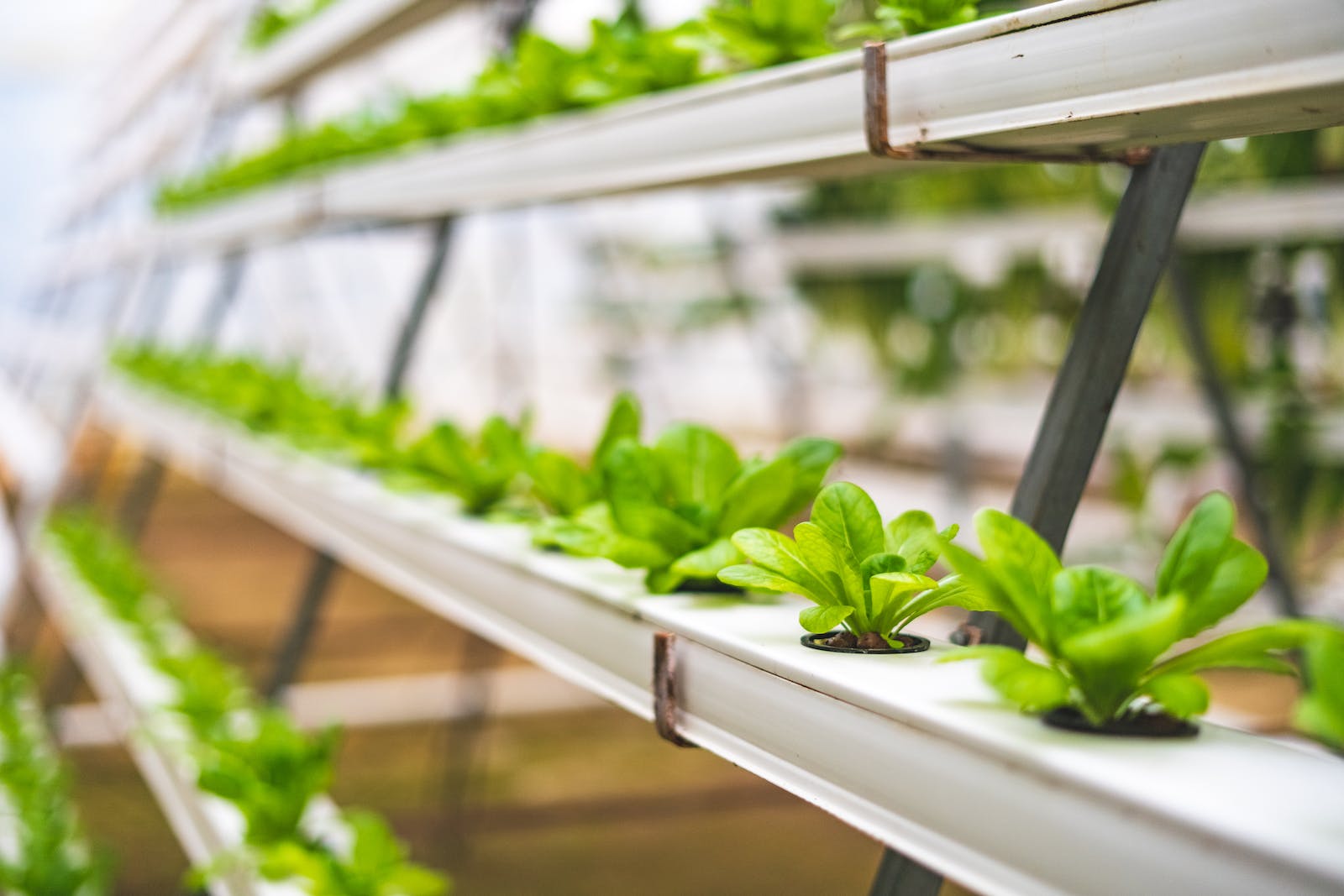Scaling Up the Physical Infrastructure of Your Hydroponic System
So, you’ve got a fantastic little hydroponic setup going, right? That’s great! But maybe it’s time to think bigger. I can tell you as a fellow nature lover, the leap to a larger system can be incredibly rewarding. But first, let’s chat about planning. You’ve got to take careful steps. Get a rough idea of how much you want to grow and map out your future grow space.
Expanding your space isn’t just about size. Higher ceilings can support larger plants, vertically stacked units can make efficient use of smaller areas, and shape can also factor in, depending on what you’re after. Bonus tip: If scaling up indoors, don’t forget to think about your electrical and ventilation needs too.
Next part is choosing the right hardware. Bigger isn’t always better, you’ve got to think about your plants’ needs. I recommend starting with higher capacity reservoirs and pumps, then work down to the smaller system components. Remember, you’re aiming for harmony in the ecosystem of your plants.
You’ve also got to consider how the space is organized, keeping efficiency in mind. While this can vary depending on your setup, a good rule of thumb is to group together plants with similar needs to save yourself a headache down the line. You’ve got it!
Upgrading the Nutrient Film Technique (NFT) for Larger Scale Operations
Moving on towards the fun part, let’s delve into the NFT. As you’re scaling up, you’ll need to adjust your NFT strategy. For a larger system, consider using broader grow channels. So, the nutrient solution can reach all plants equally and they get the same love and care.
Speaking on nutrient solution, distribution is key. A common pitfall I’ve seen is nutrient channels becoming imbalanced, leading to nutrient-pocketing. Aim for gentle, even flow throughout your entire system. And you’ll have happy, nourished plants in no time!
And the other thing is aeration. In-case you’re unaware, aeration is essentially introducing air into water, and trust me, your plants will thank you for more oxygen. A good practice is thorough aeration in your main nutrient reservoir. Believe me, implementing bigger aeration methods in your larger system will yield much greater results.
Maintaining Optimal Conditions in a Scaled Up Hydroponic System
Now, we’re in the maintenance territory. First up is pH management. pH balance is vitally important in larger hydroponic systems. And no, you can’t set it and forget it. Regular monitoring is key! And remember, different plants prefer different pH levels. Always keep that in mind.
Another thing you’ve got to consider is temperature, humidity, and light. Temperature affects nutrient uptake, so keep a regular check on water temperature. Humidity affects transpiration, a process plants use to transport nutrients. And naturally, you’d want to ensure your plants are getting the optimal amount of light. So yes, it’s like tinkering around till all is balanced. You’ll get the hang of it, soon!
Troubleshooting and Ongoing Maintenance for Large-Scale NFT Hydroponic Systems
Final thing to note is troubleshooting and maintenance. Get ready for some detective work. Nutrient imbalance, pest infestation, you name it. But don’t fret, it is all part of scaling up and getting to know your system better.
And of course, always include a maintenance schedule. Regular system checks and cleanings can prevent a world of problems later on. Stay ahead of the game, and your hydroponic system will thrive. It’s not easy, but trust me, seeing your lush, healthy plants growing happily in your scaled-up system is worth it.
Well, there you have it. I hope this guide sparks that excitement for scaling up your NFT hydroponic system. Remember, think it through, plan meticulously, love your plants, and they’ll love you back!

